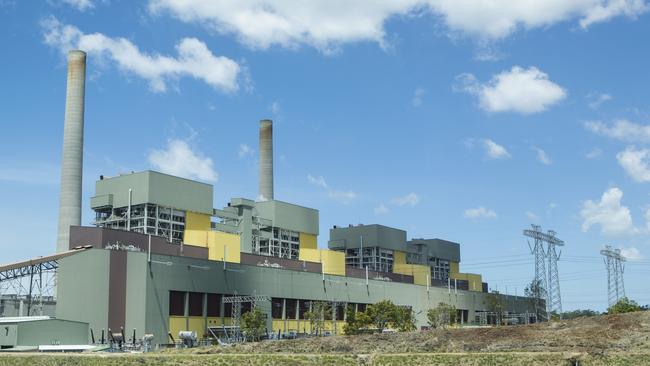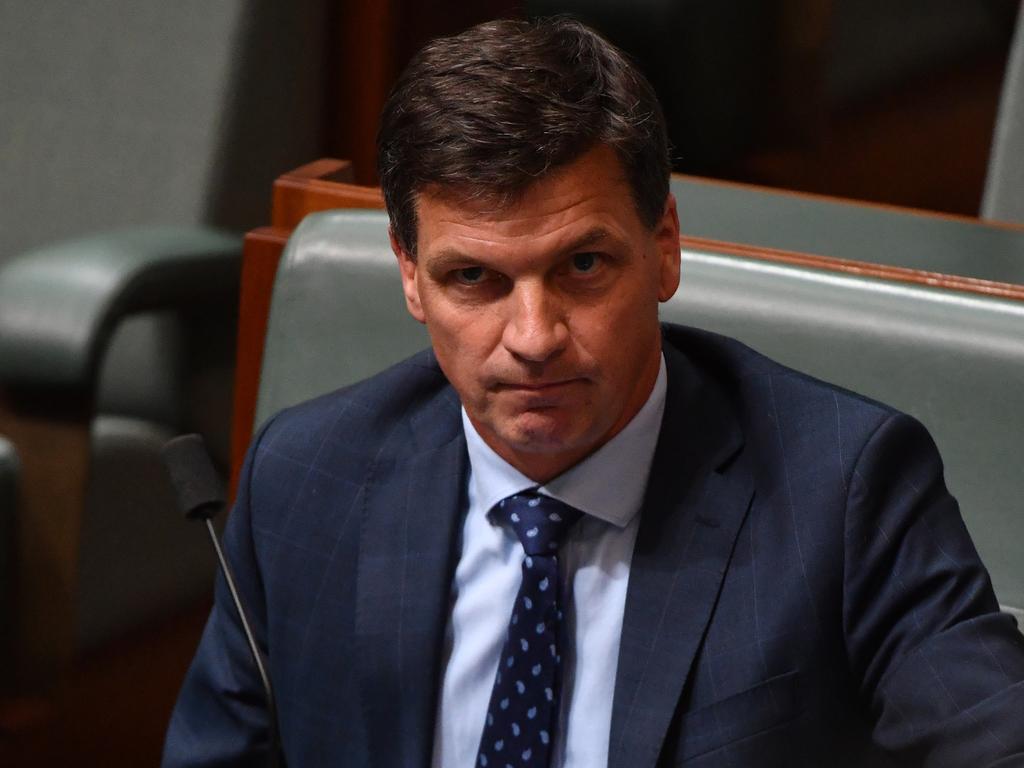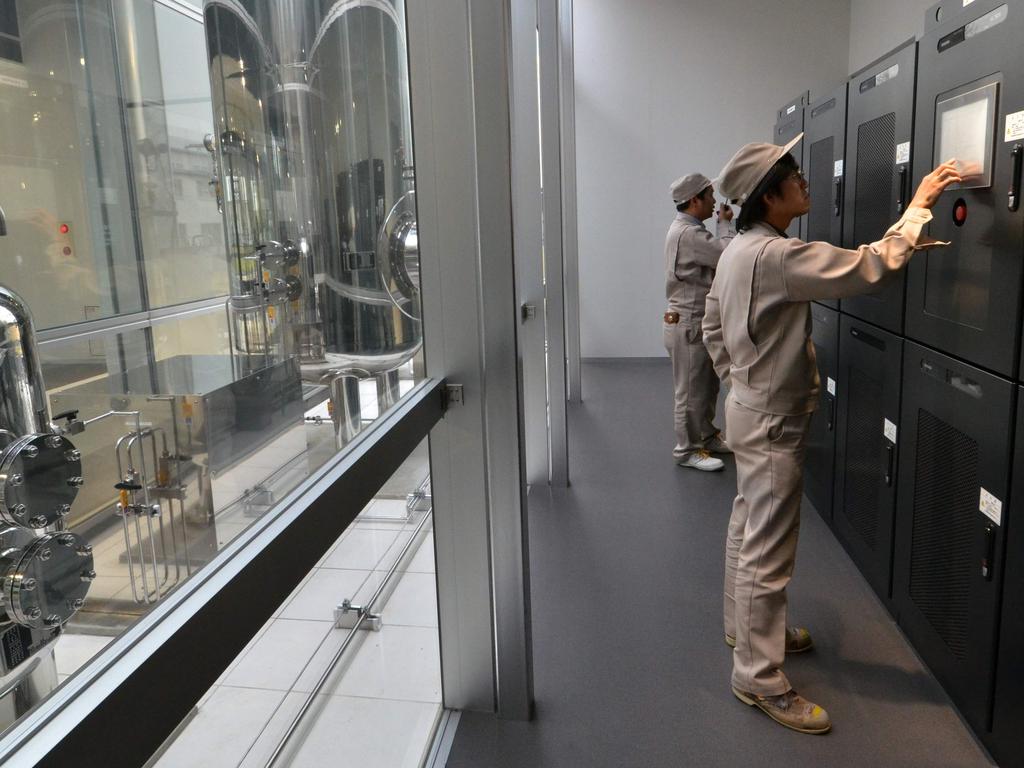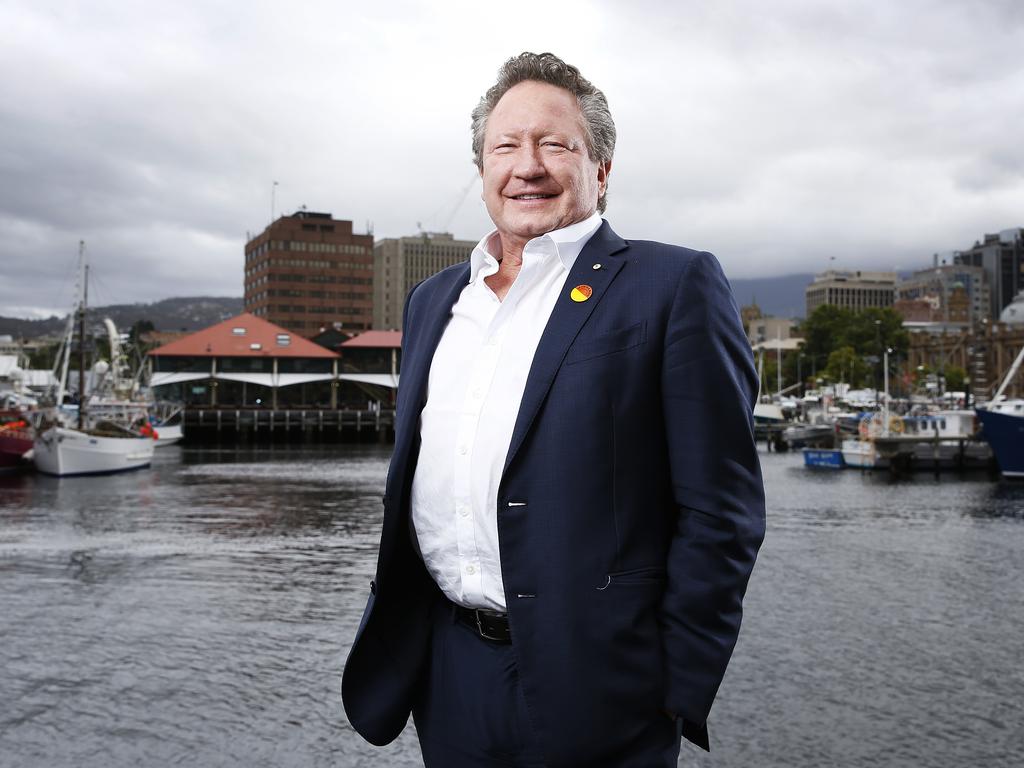Origin Energy to add gas, batteries to its mix
Origin Energy will consider adding batteries and a fast-start gas plant to the country’s largest coal station, Eraring.

Origin Energy will consider adding batteries and a fast-start gas plant to the country’s largest coal station, Eraring, and co-investing with partners alongside governments as it looks to accelerate deals to boost electricity generation.
The nation’s biggest energy retailer, which has also unveiled plans to build a hydrogen export plant in Townsville, mapped out its investment pipeline on Thursday that centres around opportunities in renewables and “firming” power capacity such as batteries, gas and pumped hydro.
Big power producers remain cautious on a raft of controversial energy road maps, including the NSW government’s $32bn scheme to turbocharge clean energy, given policy details remain at an early stage.
However, Origin indicated it would push on with investments and add partners to share the risk load even as analysts questioned if returns would be lower under the strategy shift.
“As we look at the changing environment, we find the propensity for governments to intervene and that low cost of capital means we’ve got to start to look at different business models in order to compete successfully,” Origin chief financial officer Lawrie Tremaine told the company’s annual investor day. “Those new business models may include partnering or co-investing with others.”
Development options being weighed up include a large battery and fast-start gas units at its Eraring coal plant in NSW and Mortlake gas power station in Victoria. One of the Eraring units could be taken out of operation over the near term to reflect the plant being undercut by renewables during daytime hours, with money saved on maintenance recycled for other investments.
Renewable power is forecast to be half as cheap as new-build coal by 2030, consultancy Wood Mackenzie said on Thursday. The rush of solar and wind is set to take off in NSW after the state this week mandated a plan for 12 gigawatts of renewables and 2GW of energy storage by 2030.

The cheapest option to replace AGL Energy’s Liddell coal plant, due to exit in the 2022-23 summer, is clean energy backed up by batteries, according to a report by energy analytics firm RepuTex commissioned by Greenpeace. The renewables option would be 17 per cent cheaper than replacing Liddell with gas.
Origin said it also planned to build a hydrogen export plant in Townsville with Japan’s Kawasaki Heavy Industries, the latest move by a major to grab a foothold in the booming industry as the world transitions to cleaner forms of energy.
A feasibility study is expected to be completed by the end of the year, with the engineering and design component to start in 2021.
The 300MW electrolyser will produce 36,000 tonnes a year of liquid hydrogen for both export and domestic supply, underlining a rush by energy producers to secure a tie-up with Asian buyers for the clean fuel.
Origin is also working on a giant green hydrogen and ammonia plant in Tasmania’s Bell Bay, with first production targeted by 2025. A green hydrogen demonstration plant with Jemena in western Sydney to use across the power grid is also among plans.
The Morrison government named hydrogen among technologies to be prioritised under its technology road map earlier this year with hydrogen to create 7600 jobs between now and 2050 and add $11bn annually to GDP. It has set out a goal for Australia to become a major global hydrogen player by 2030 and a top-three exporter of the fuel to the Asian markets.
Origin reconfirmed its energy markets guidance for the current financial year, saying it expects to achieve an underlying EBITDA of $1.15bn-$1.3bn.
It also predicts it will pay a dividend of between 30-50 per cent of its free cash flow “based on greatest need and highest risk adjusted return” with a predicted free cash flow yield between 12 and 14 per cent.
Integrated gas production has been lifted to 675-705 petajoules from 650-680 petajoules, with a distribution break-even of $US25-29 per barrel of oil equivalent compared to prior guidance of $US27-31 due to an anticipated increase in demand for gas in the Asia Pacific market.
Origin shares rose 1.14 per cent to $5.31.
Separately, the Clean Energy Finance Corporation has committed $125m on behalf of the Australian Government to help finance the development of grid infrastructure needed for the delivery of the Snowy 2.0 pumped hydro project.
“It’s all part of our strong action to stabilise the grid and get the energy generation balance right to deliver affordable, 24/7 reliable power,” Federal Energy Minister Angus Taylor said.





To join the conversation, please log in. Don't have an account? Register
Join the conversation, you are commenting as Logout